Personality and Temperament
Also known as the Sokoke Forest cat or the African Shorthair, the Sokoke is an exotic-looking breed that originated in Eastern Kenya. A striking coat, a friendly personality, and a fondness for conversation makes this unique breed one to consider. If you’re looking for a cuddly, cozy companion, you might find the Sokoke cat a bit aloof. These cats do enjoy human companionship, but only on their terms. They have a marked distaste for being picked up and snuggled; instead, they prefer to follow their family members around, sometimes opting to rest alongside a favorite person during downtime.
Sokoke Forest cats are accomplished athletes, with a fondness for active pursuits. Cupboards and drawers don’t present much of an obstacle to the Sokoke, making cat-proofing well worth the effort. Since these cats like water, it’s important to secure aquariums well, too. Any small item can become a toy for this curious kitty, so it’s important to keep important objects secured or risk having them chewed and clawed into oblivion.
Speaking of claws, this cat isn’t afraid to lash out when threatened or disrespected. While Sokoke cats can make lifelong friends with kids, other felines, and respectful dogs, they are a touch less tolerant than most, making careful introductions even more important than usual.
Despite this kitty’s insistence on respect, most individuals love everyone and when well-socialized, will even greet strangers at the door. When family members return from a long day at work, the Sokoke is usually right there to say hello and have a chat about everything that happened during their human’s absence.
Because Sokoke cats originated in a warm climate and have low cold tolerance, these kitties do best with families that also appreciate warmth. They can develop tolerance for cool temperatures, but prefer to keep cozy. They are not well-suited to life outdoors.


Care
Nutrition
Grooming
Exercise
Health
Even though Sokoke cats have no special nutritional needs, they thrive on a high-quality diet. If you’re not feeding fresh food, look for a brand that provides ample protein and few carbohydrates. Ensure that real meat or fish – not a filler – is the main ingredient. In addition, ensure that you’re feeding food that’s appropriate for your cat’s life stage.
The Sokoke cat has a very short, low-shedding coat, and does not require much at all in terms of grooming. As they dislike much handling, you might be best off putting your grooming efforts toward toenail trims and toothbrushing rather than brushing.
Teach your cat how to be handled from a young age and these routines won’t present quite so much of a challenge when your kitty reaches adulthood.
You probably won’t have to encourage your Sokoke cat to exercise! These kitties are powerful jumpers and capable climbers; and when it comes to running, they’re certifiable speed demons. A strong cat condo with platforms and at least one cave will be appreciated, and scratching posts can help save your furniture.
Offer your cat lots of toys and swap them out frequently to prevent boredom. As Sokoke cats can be very hard on their toys, keep an eye out for broken or excessively worn parts and discard those before anything harmful ends up in your pet’s digestive tract.
Sokoke cats have a reputation for enjoying robust good health, and to date, there are no known genetic issues with the breed. They are more vulnerable to contagious diseases than most other cats are, as they have little to no built-in resistance to common diseases that affect domestic cats. It’s very important to provide routine vaccinations and regular checkups, and to prevent contact between Sokoke cats and unvaccinated felines.
History
In 1977, wildlife artist Jeni Slater found a cat and kittens living near the edge of a forest on a tract of land her family owned in Kenya’s eastern Sokoke district. She eventually took two kittens: A male and a female, and from these two, a new cat breed was formed.
Because the cats she found had such unusual markings, Slater believed that they might be wildcats, although other theories suggest that the queen might have been a cross between a domestic cat and a wildcat, or that the cat might have had a genetic mutation that led to her unique appearance. Another theory – and the most probably – is that the foundation cats were feral khadzonzo cats, which are naturally occurring domestic cats.
In 1978, Slater began her breeding program in earnest, using cats from the Watamu area. Some were obtained as kittens, and others were adult feral cats that she tamed with the help of food rewards. The Sokoke cat breeding program was expanded in 1983, when Gloria Moeldrop brought a pair of Slater’s cats to Denmark. These cats were shown beginning in 1984.
In 1987, Slater brought in another cat to enhance genetic diversity. This time, it was a darker-colored street cat, also from Watamu. It is possible that the lynx point pattern seen in some Sokoke cats originated with this individual.
The Denmark breeding program expanded in 1989, with the addition of more cats from Kenya. Around the same time, Jeni Slater provided foundation stock to an Italian breeder named Bob Schwartz.
Later, Jeannie Knocker, an English citizen who lived near Slater in Kenya, decided to gather more feral cats from the Sokoke forest area. These produced litters that were eventually exported to Europe and the United States. With these cats came a new line of Sokoke cats, with distinct differences from those from Slater’s breeding line. It is possible that other breeds contributed to today’s Sokoke cats, however no one knows for certain.
Federation Intternationale Feline (FIFe) granted Sokoke cats official registration in 1993. To date, the only other registries that recognize Sokoke cats are The International Cat Association (TICA), the Canadian Cat Association (CCA), and the UK Governing Council of the Cat Fancy (GCCF).
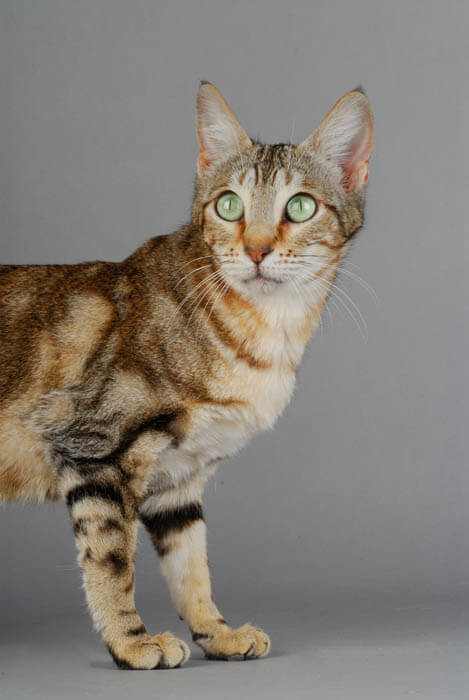
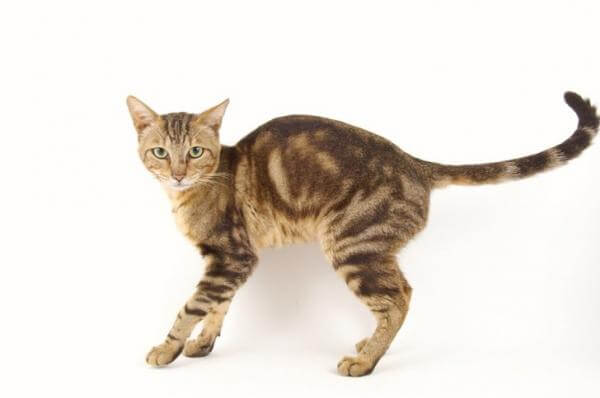
The Breed Standard
Eyes
Legs & Paws
Tail
The Breed Standard
Body
Head
Ears
Coat
Color
FAQ
How much does a Sokoke cat cost?
Sokoke cats cost between $500 - $2000.
How big do Sokoke cats get?
Sokoke cats tend to be medium in size. A fully grown Sokoke cat might weigh between 5-10 pounds or more and range in height anywhere from about 7"- 8" inches tall.
How long do Sokoke cats live?
The Average lifespan for Sokoke is 15-20 years.
Do Sokoke cats shed?
Sokoke are short-haired cats. Therefore, they do not shed as much as long-haired cat breeds.
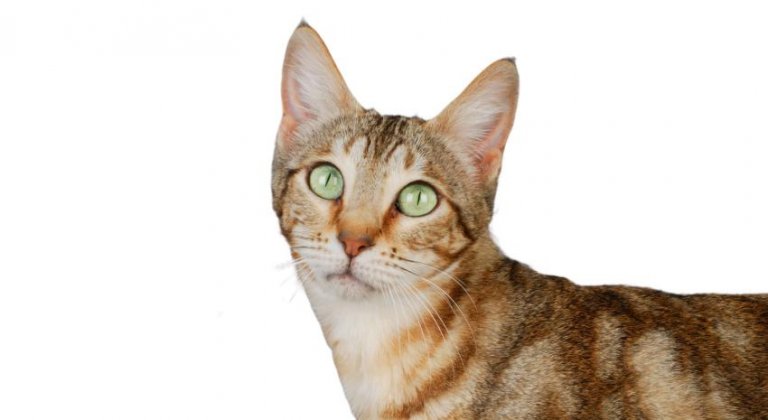
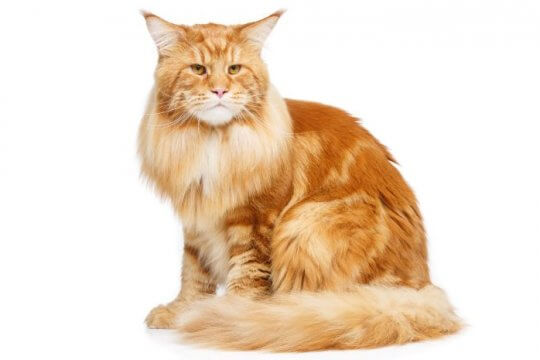


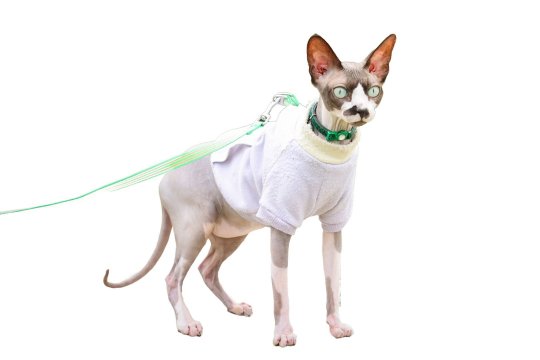
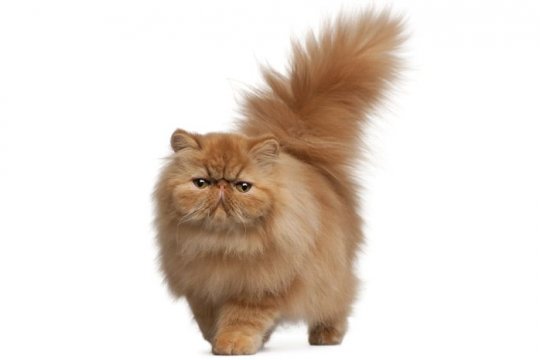
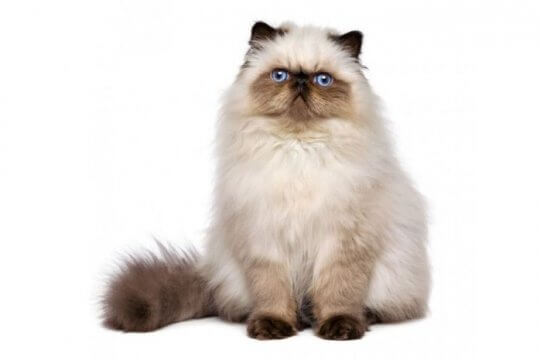
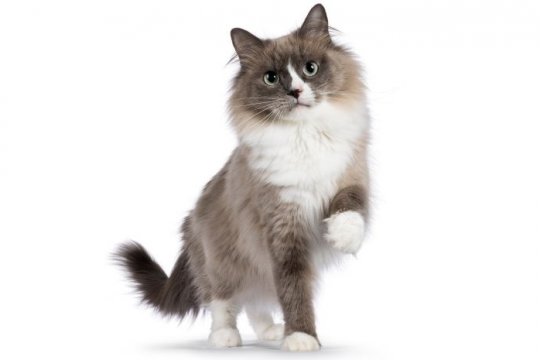
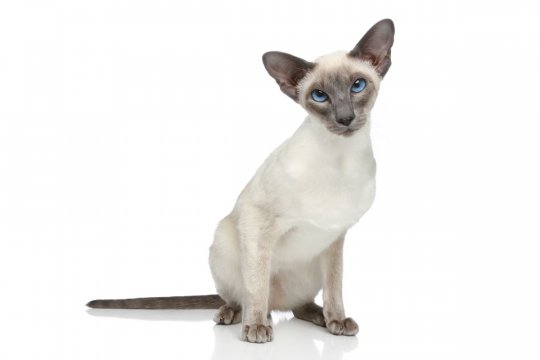
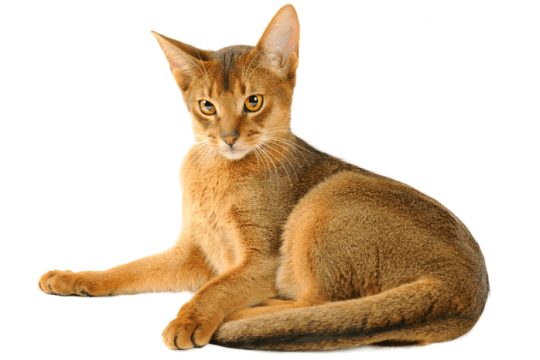
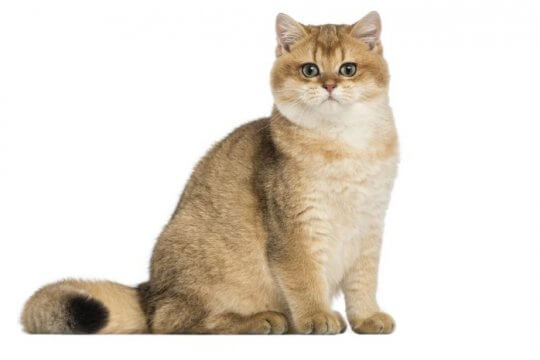



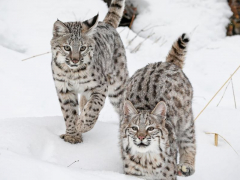
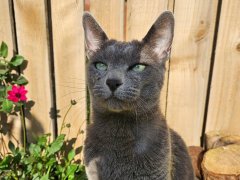
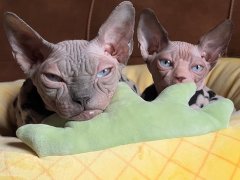

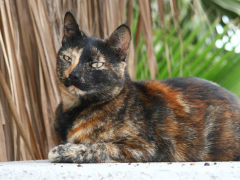



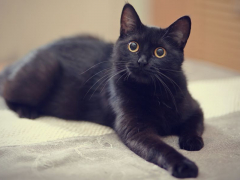
I have a Sokoke with a mix, however everything written in this article is all true with my baby who’s 4yrs old next month, her name is Sophia, I only realized her breed a few months ago doing research on her because she’s not like any cat I’ve ever come across, also she is mostly black and and she’s heavy, but to let you talk to her about anything is amazing, she can also be mean especially to my 7yr old Precious, she’s special needs and I been trying to find someone to take Sophia but to no avail, I refuse to give her to the SPCA if you could help I’d appreciate it
Since these cats are extremely rare and most breeders, if not all; are located in Europe, it would most likely be impossible that a cat would be or mixed with the Sokoke breed. Stranger things have happened though. I’m looking for a couple to bring into my home and it’s not easy to find a breeder, let alone a reputable one. I know Bengals can look a lot like a Sokoke, as their faces are similar and some of the marble coats can resemble the Sokoke coat. The best way to find out if a cat is a Sokoke, would be through a DNA test if they’re even in the database. A Bengal is. The swirl pattern that is prevalent on the Sokoke is found on many tabby marked cats, mainly the marble coat.
I have a cat that I was sure was a Bengal mix but after looking at the photos of a Sokoke he mostly certainly is one! or a mix probably, since they are rare. He was abandoned with a hoard of cats. I actually found this site looking for a perfect diet. He is so fat (and just around the middle), and I don’t like it. He isn’t supposed to look like that and he is way too athletic for it. I feed high quality food. I don’t know what to do.
This is on my FB (Cat) page when I first rescued him.
https://www.facebook.com/fernscats/photos/144569035075196
This one is a little later but still thin compared to now
https://www.facebook.com/fernscats/photos/144211681777598
His Mom
https://www.facebook.com/fernscats/photos/102805499251550
Love my Sakoke, Reed. We rescued each other a year ago when he was 6 weeks new. He’s the best part of my days…😻
On Christmas Eve I inherited our beautiful Sokoke replica. He was meant to be a Christmas present for someone else who changed their mind. He was only six weeks old and he and his 4 ciblings were found under a sheet of iron no Mum in sight and didn’t return after 3 days. They were taken to a wildlife rescue specialist who gave them rehydration therapy and then they were taken home and fed 4hourly by syringe. He was self feeding on wet and dry food and water and has thrived
A totally inside family member but he attacks us claws out and although he is probably playing we are left bleeding from his scratches
He has the markings and colour of a black Sokoke with more markings appearing constantly. When I go to bed he sleeps on the bed and snuggles up and purrs loudly rubbing his face against mine and licking me then goes to sleep. Sounds perrrrfect but just after 12 midnight he wakes me up pouncing on me and biteing me and I end up leaving my bed and sleeping in the lounge. His pads of his paws are quite hot on my face and he has now taken to chasing and attacking playfully all day in between sleeps. He hasn’t had his first shots or worming. Do you think he will settle after that
We do love him and had our last cat for 16 yrs
These two cutie pies are obviously Tabbie coated cats, but could they have a Sokoke mixture?
https://imgur.com/a/Iu7Ht5W
The Sokoke breed is incredibly rare, so unless you know that the cats are associated with someone connected to Sokoke breeding, I would consider it extremely unlikely that they are. Still, I won’t say it’s impossible.
Yeah, they have all the markings of a Sokoke including the swirls and blotches on their sides.. One of the cats have a long black stripe down its back, it also has orange/tan coloring too..
We recently adopted a 4 month old Sokoke look alike, and she has been the greatest addition we could’ve asked for. She’s such a sweet, cuddly cat. She’s always out with the family, even when napping she wants to be in the mix. She’s great with my two younger children ages 7 and 3. The description of her appearance in this article matches her perfectly. She greets us at the door everyday when we get home after a long day. She’s pretty vocal, she loves chasing, or following my kids around, and if we’re home she’s always on someone’s lap for cuddles, or naps. We love our sweet Sokoke girl! Highly recommend this breed for family’s with young children, or dogs.
She sounds absolutely wonderful, Hailey. Thank you for sharing.
Only 100 on the planet?! Ok, I will call my guy a mix. My brother found him at about 3 months tangled up in some brush in a ditch and, to my luck, his cat wouldn’t tolerate him. Chatty (usually it’s a with a closed mouth, so cute!), loves water, doesn’t mess with birds but loves flying insects, almost attaches to my ankle when he follows me around and a handsome face, sleek fur and luvvy personality to die for! Wasn’t aware of Sokokes so thought he must be part Bengal because of the dramatic markings, though the Bengal I do know has nothing in common with him personality wise. Reading about Sokokes was like the puzzle piece falling into place, click!
Our Sokoke look-alike displays most of the characteristics I have read in quite a few articles. His name is Fudge. He came to us with a sister (Ghost), who is noticeably smaller than him. We often refer to him as our puppy, because of his love of human companionship. We have 2 other domestic shorthairs – both his elders – that are learning to tolerate his energy level & playfulness. The more we learn about Sokoke character and personality, the more we tend to think that’s what he is. At any rate, we are happy that Fudge is ours!
Thanks for sharing!
Hi Colette, I also have a Sokoke-look-alike young cat. She could be the photo of one (to my untrained eye, of course). She came from a young feral mom that I fed for several months before she had the litter. I couldn’t get within 30 feet of the mom until after the babies were born. She brought them to my house when they were about a month old. Now, the mom is pretty much a house cat but still doesn’t want to be picked up. The Sokoke-look kitten has all characteristics not only in looks, but she “talks” – chirps, chatters, and also meows. I knew she was unique so I finally did a little research a few days ago and up popped her picture and personality! Just a coincidence or throwback or something I guess. She is now six months old. Actually the mom and the sister also chitter and chirp, but they are black.
I found a kitten in a parking lot. I am almost 100% sure she is a Sokoke breed. I would love to breed her with a male Sokoke cat. Can someone help me find out how I can find out her breed and how I can get breeding papers if she is a Sokoke.
Hi Colette, unless you’re able to find the person who bred her, there’s no way to decide whether or not she is a Sokoke and no way to breed her as one. The best you can do is refer to her personally as a Sokoke mix, but there is almost zero chance that this cat is actually a Sokoke. This is among the rarest breeds on Earth. Even in Kenya, where the breed naturally developed, they are being outbred with other cats, and there are very few pure Sokoke individuals worldwide. It’s been deleted, but this post from 2016 said there were fewer than 100 Sokoke cats on the planet. Hope this helps, and I wish you and this kitten all the best!
Thank you so much for the info. I assume she is a mix breed but was curious if she has Sokoke breed in her and what % she has.
I second what C said here; my sokoke naps with my daughter, has no litter box, and patrols the yard/neighborhood daily. He loves to get on the roof and talk to his humans. Though SUPER cuddly (I call him a “living stuffed animal”) he is also an accomplished hunter
Adopted a little guy a few years ago and he is the BEST! Indoor to nap with my daughter during the day; outdoor in the evening to hunt and be wild. Exceptionally vocal, very cuddly.
I love my sokoke, for the same reasons. I live in a rural area and my cats love it here. I’m always getting surprised with a squirrel or a rabbit, so I’m not worried if I get low on food, they CAN hunt, in fact I named one HUNTER. By the way, my male is closer to about 20lb’s
Actually this is Billy again. I need to edit my reply after learning a few things. The mother and her son look identical to what the sokoke pure breed looks like and acts, but I’m sure they’re not pure breds, so a look alike it is. I wish there was a way to download a photo, some one E-mail me if there is a way….PLEASE.
Hi Billy, the best way to share an image would be to upload it to a URL and then link to it. Imgur is a good free image hosting platform that works well for this.